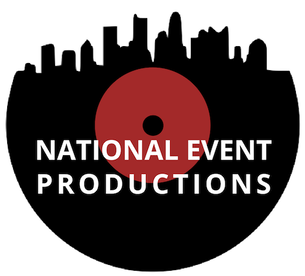Highlighting the Impact of Illumination Techniques on the Craft of Video Projections Mapping
Highlighting the Impact of Illumination Techniques on the Craft of Video Projections Mapping
Blog Article
Motion projection mapping is an innovative art form that merges technology and innovation to transform common spaces into remarkable sight displays. This method involves casting images and footage onto three-dimensional elements, such as buildings, artworks, or stages. One of the key significant elements in creating effective projection in the use of effective illumination techniques. Proper illumination enhances the aesthetic elements of the display and guarantees that the images are crisp and engaging. This piece explores the influence of lighting methods on motion projection and how they can enhance the overall experience.
Lighting plays a crucial role in motion mapping because it sets the atmosphere and feel of the exhibit. Different lighting techniques can evoke various emotions and responses from the viewers. For example, using gentle, warm lights can create a welcoming environment, while bright, cold lights may produce a more dynamic or dramatic impact. By thoughtfully choosing illumination colors and intensities, creators can influence how viewers perceive the projected images, leading to a more engaging experience. The equilibrium between projection luminance and surrounding illumination is crucial, as it can greatly affect the visibility and impact of the visuals.
In addition, color and intensity, the angle of illumination also influences the efficacy of mapping. Illumination from different directions can generate contrast and highlights that add depth to the projected images. This technique, known as chiaroscuro, can enhance the 3D quality of the subjects being projected. Additionally, click over here using moving illumination can introduce energy to the exhibit, making the experience more involving for the viewers. When the illumination collides with the projected visuals, it can create an illusion of movement and transformation, capturing the viewers' focus.
Another essential element of illumination in mapping in the use of unique features. Methods such as patterned illumination, which employs shapes and visit this web-site forms to project light, can introduce depth and complexity to the projections. This method allows artists to layer images and create visually captivating results that enhance the projection. Additionally, incorporating laser lights or light-emitting diode illumination can additionally enhance the display, offering a unique blend of visual elements that draw the audience in. These special effects, when used carefully, can elevate the projection beyond a simple show to an engaging work of creativity.
In summary, the influence of illumination methods on video projection is profound. By understanding how different lighting components connect with projected visuals, artists can create captivating encounters that connect with audience. The thoughtful choosing of hue, brightness, angle, and unique features enables for a rich tapestry of visual storytelling. As technology continues to evolve, the possibilities for creative expression in mapping will only grow, making lighting an ever-important component in this progressive creative medium.